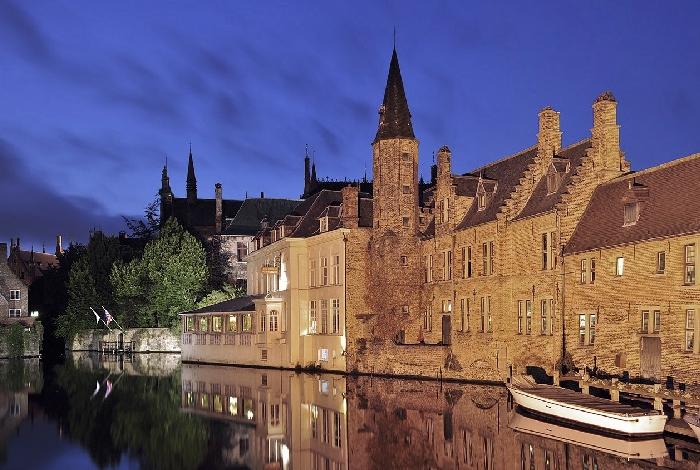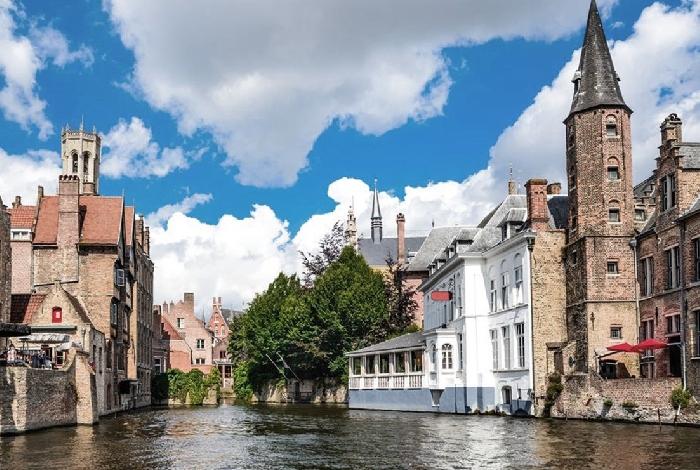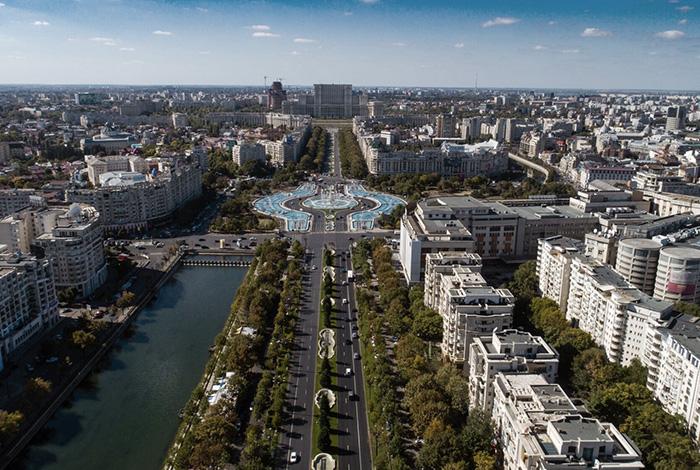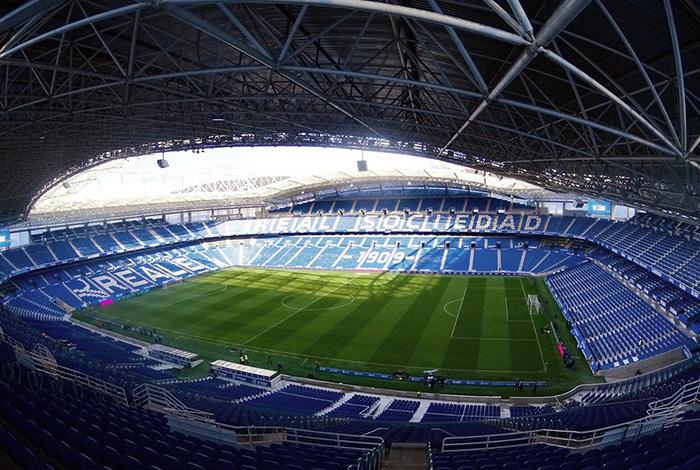Bruges: a fairytale and esthete
In the list of UNESCO world heritage sites, there is the special category of those with “outstanding world value”. This small – it takes 45 minutes to walk from one end to the other – charming Belgian city, Brugee (or Brugge), is perhaps the best-preserved medieval city in Europe.
The capital and largest city of the province of West Flanders is a fairytale and example of esthete at the same time, with a glamor of …old-fashioned wealth. Its population is close to 120,000 inhabitants, while its visitors are around 2,000,000 annually. In fact, during peak tourist periods, its visitors outnumber the permanent residents.

- There are two central squares of the city, the fairy-tale Markt – essentially the medieval Bruges – and the Burg square, which is the administrative block of the city. In the Burg you can admire Gothic, Renaissance, Neoclassical buildings, while a special mention deserves the magnificent town hall, built in 1376. As for the Markt square, it is no exaggeration to call it one of the most beautiful in the world. The buildings that surround it are architectural masterpieces and of course the 12th century Belfort bell tower (once a treasury) steals the show. You will obviously go up to admire the view from 83 meters, even if the staircase is narrow with 366 steps… The bell tower houses a mechanism (carillon) consisting of 48 bells.
- Bruges, also known as the Venice of the North due to its many canals, naturally lends itself to boating, which start from the Rosary Pier (Rozenhoedkaai) and take about 30 minutes.
- One of the most romantic spots in Bruges is the Minnewater park – literally translated as the lake of love. Swans and a bridge, where lovers swear eternal love, compose the cinematic setting.
- In the 15th century Bruges was an important commercial center, with a boom in the arts as well. Works by the great Flemish school (Jan Van Eyck, Hans Memling) can be admired in the Groeninge Museum and the St. John’s Hospital. The Church of the Virgin Mary is also adorned with one of Michelangelo’s most beautiful works, the sculpture of the «Nurse holding the baby», the only one of the great artist to be found outside of Italy while he was alive.
- The port of Bruges (Zeebrugge) was built in 1907. The Germans used it as a base for «U-boat» (submarines) during the First World War. It expanded significantly and today it is one of the most important and modern ports in Europe.
- Gastronomically, Bruges is heaven. A total of 35 restaurants are recommended by the Michelin guide in the wider area (12 of them have Michelin stars, and two of them boast two stars). The most famous traditional dish of Belgium is moules frites, i.e. mussels in a wine sauce. Belgians love french fries and waffles.
- It is known as the capital of chocolate with more than 50 manufacturing laboratories. Excluding the great Belgian brands Pierre Marcolini and Neuhaus, excellent chocolate can be tasted in local workshops.
The city is also famous for its beer. Bruges once had more than 50 breweries, but now only one remains in the Old Town. - At one time the majority of women in the city worked in the famous lace workshops, as the quality of lace made in Bruges was considered among the best in the world. There is of course also the Lace Museum (Kantcentrum).
- It is less than an hour by train from Brussels, 51 km from Ghent and 92 from Antwerp.











































